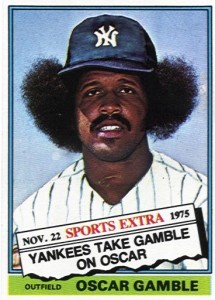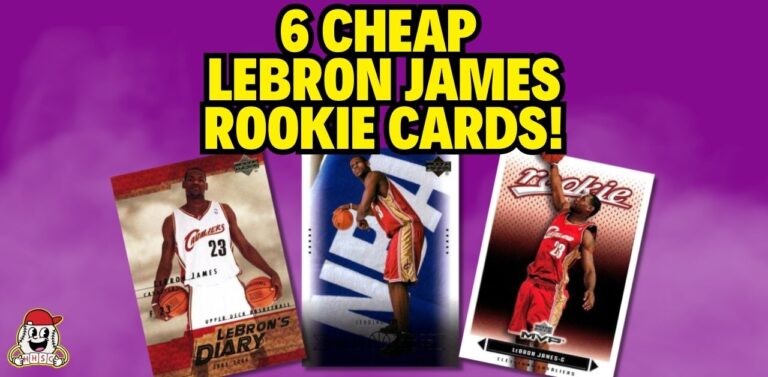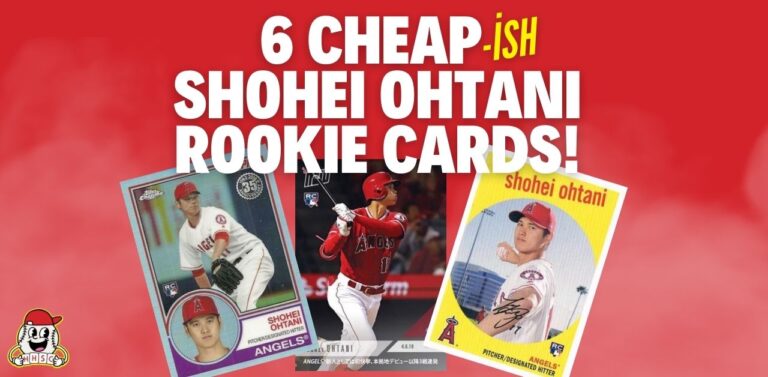This is a great, well-thought out blog post from Mat Harrison's "Fantasy Sports Diary," but I just don't agree with a lot of it, unfortunately. First, check out A Guide to Fantasy Trading, by Fantasy Sports Diary, then we'll talk. It's not to say that I think he's wrong -- but that Fantasy Baseball owners are …
A Guide to Fantasy Trading « Fantasy Sports Diary

This is a great, well-thought out blog post from Mat Harrison’s “Fantasy Sports Diary,” but I just don’t agree with a lot of it, unfortunately. First, check out A Guide to Fantasy Trading, by Fantasy Sports Diary, then we’ll talk.
It’s not to say that I think he’s wrong — but that Fantasy Baseball owners are all different. To say that they should be trading at all times, to me, is a little irresponsible. Yes, you want to put the best team forward that you can, but part of that is believing in your projections and your analysis from the get-go.
What I thought I’d do is go point by point down his list of tips. Ideally, you could open up both pages and read them side-by-side.
1. Make Your Team Undroppable
This seems a little harder to accomplish than he might think, especially when you are playing against 11 responsible, intelligent owners. “Make your team undroppable,” is like saying, “Only pick stocks that are going to go up, and if you have a stinker, trade it to someone that has a good stock.” I agree, you should never hold onto someone that’s not going to help your team, but you’re really just assessing whether the worst player on your team has a better chance of being good than the best player in free agency. It’s a fine line.
2. Make Trade Offers
 Simple enough. He’s not afraid to make trade offers and try to improve his team day in and day out.
Simple enough. He’s not afraid to make trade offers and try to improve his team day in and day out.
“You need to offer at least a trade every other day, if not every day,” he said. This just seems arbitrary with no real solid reasoning backing it up.
I’m fine with make offers throughout the week, but there’s no reason to make it a daily exercise. Ideally, you can wait until the morning of your league’s weekly deadline, and target people with injury problems or lineup issues.
3. Buy low, sell high
(but only sell studs if your team really sucks)
He always wants to get the better player in a deal — which is what everyone in the world ever wants to do — especially in multi-player deals.
Unfortunately, getting the best player and the worst player in a four-player deal sometimes means the drop in value from the third player to the fourth player does not make up the difference in value between the first player and the second player.
Trading for top 50 (predraft) guys is easier said than done. If you can, sure. But what’s the quality of owners you are playing with that are dumping guys that cost them over $20 or a pick in the first four rounds for “mid to lower tier guys that are doing well”?
Speaking of which, here are my Fantasy Baseball Rankings Redraft. Basically, it’s the first two rounds of a Fantasy Baseball draft if the draft was held today.
4. Don’t get discouraged, don’t get upset, don’t get insulted
Easier said than done, but I agree with the overall concept. Sometimes, you can’t help but get mad at someone for thinking you are dumb, but in the grand scheme of things, getting mad at him doesn’t help your Fantasy Baseball team.
He also suggests revisiting old deals to keep a conversation going, using good old fashioned diplomacy. That makes sense to me, also, especially if you were the owner that was originally insulted by an offer. Wait a couple weeks after your guy continues to mash, then go back to him to see what his new offer will be. He’ll be careful to not low-ball you this time.
It was a fun read and an excellent look into how some Fantasy Baseball owners think of as a guide to Fantasy Trading. Check the rest of Mat Harrison’s stuff out too — he’s a very good writer.
A Guide to Fantasy Trading « Fantasy Sports Diary








